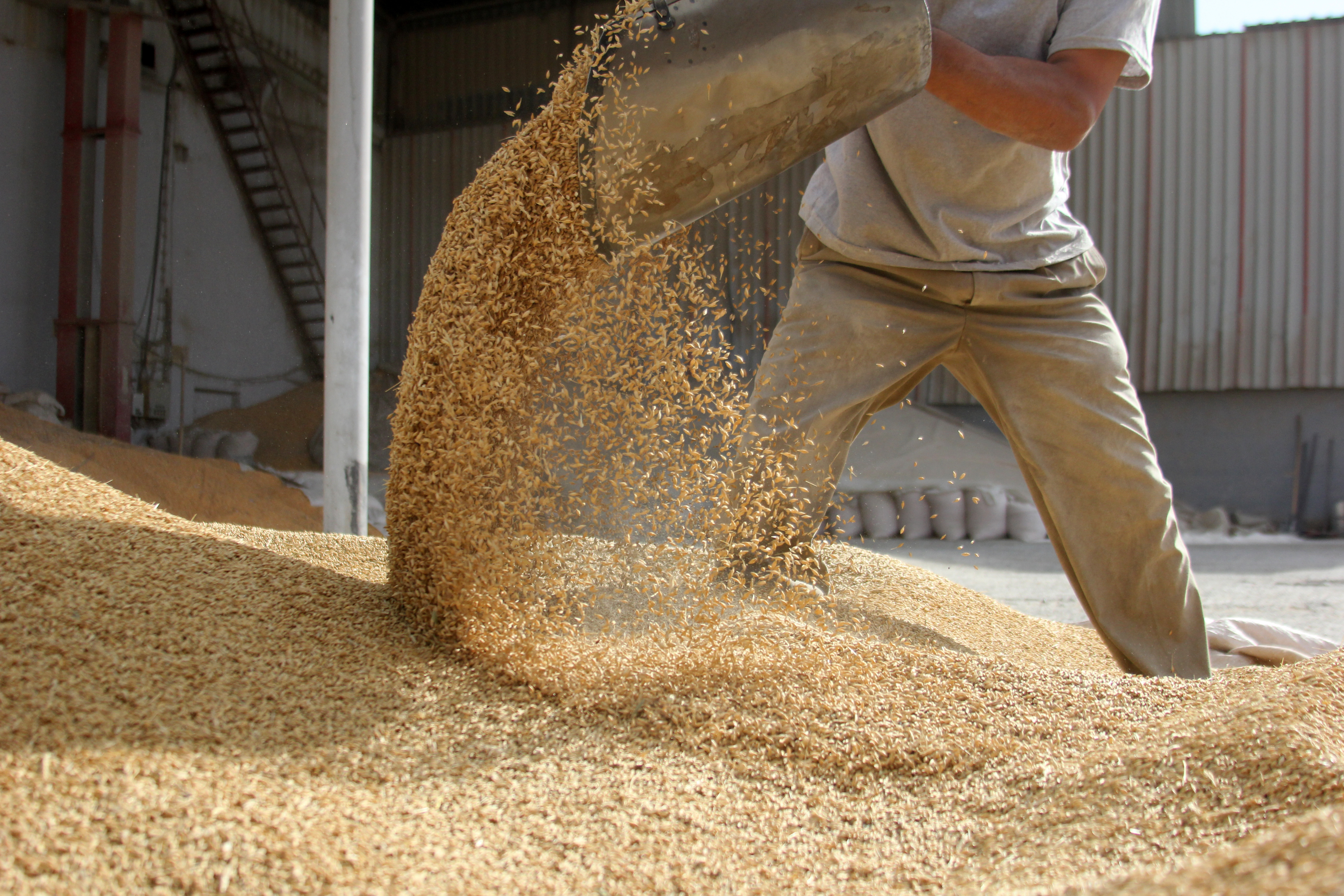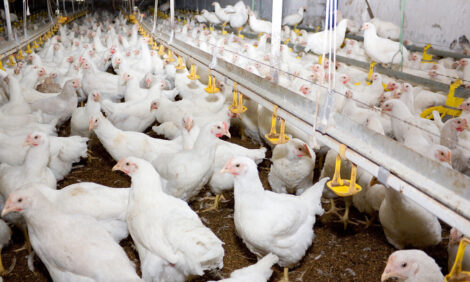



Farmer sentiment weakens amid increasing marketing risk concerns and continued uncertainty around tariffs
USA - Uncertainty looms behind a weakened Purdue University/CME Group Ag Economy Barometer reading in February, with producers less optimistic about current conditions and the commodity price outlook.The barometer, which is based on a survey of 400 US agricultural producers, declined 7 points to a reading of 136, down from 143 in January.
“Last month we saw a significant boost in optimism among agricultural producers after the announcement of the second round of MFP payments; however, it appears the positive impact eroded quickly,” said James Mintert, the barometer’s principal investigator and director of Purdue University’s Center for Commercial Agriculture. “Compared to responses from a year ago, fewer farms said they expect their operation to grow in the future, which could be a sign of increasing financial stress. We’re also seeing a growing number of farms concerned about marketing risk, ranking it as the biggest risk facing their operations.”
The monthly survey includes measures of producer sentiment toward current conditions and future expectations. In February, both indexes declined from their January reading. The Index of Current Conditions saw the biggest drop, down from 132 to 119, whereas the Index of Future Expectations weakened slightly, down from 148 to 145.

Last summer, the tariff battle disrupted commodity markets and, as a result, producers’ perspective on whether now is a “good” time or a “bad” time to make large farm investments has significantly fluctuated. From January 2018 through June 2018, before the trade disruptions emerged as a major market factor, the Large Farm Investment index averaged a reading of 65. However, since that time, the index has had an average reading of 53 points and, in February 2019 alone, the index fell to a reading of 50, down 12 points from January, as uncertainty about commodity prices continues to make farmers wary of large investments in their operations.
Additionally, when producers were asked whether they have plans to grow or increase the size of their current operation in 2019, 50 percent of respondents said that they either “have no plans to grow” or “plan to reduce in size,” compared to 39 percent in 2018. Last month, when 25 percent of farmers surveyed indicated they expected to take out a larger operating loan in 2018 versus 2019, a follow-up question found that 27 percent of those farms were taking out larger loans due to unpaid operating debt carryover, suggesting they were experiencing financial stress.
In February, producers were slightly more optimistic about evaluating farmland as a long-term investment and the future growth of agricultural exports; yet, they remain concerned about risk. When asked what type of risk was most critical to their farming operation, producers overwhelmingly chose marketing risk (56 percent) over both financial (27 percent) and production (17 percent) risk, which explains their uncertainty regarding the commodity price outlook.
Read the full February Ag Economy Barometer report here. In this month’s report, we continue to follow up with producers who planted soybeans in 2018 on their soybean acreage intentions for 2019 and ask producers, who planted corn in 2018, whether they plan to use one of the commodity support programmes when sign-up becomes available. Each month Dr. Mintert also provides an in-depth analysis of the barometer. That video can be viewed here.
The Ag Economy Barometer, Index of Current Conditions and Index of Future Expectations are available on the Bloomberg Terminal under the following ticker symbols: AGECBARO, AGECCURC and AGECFTEX.









